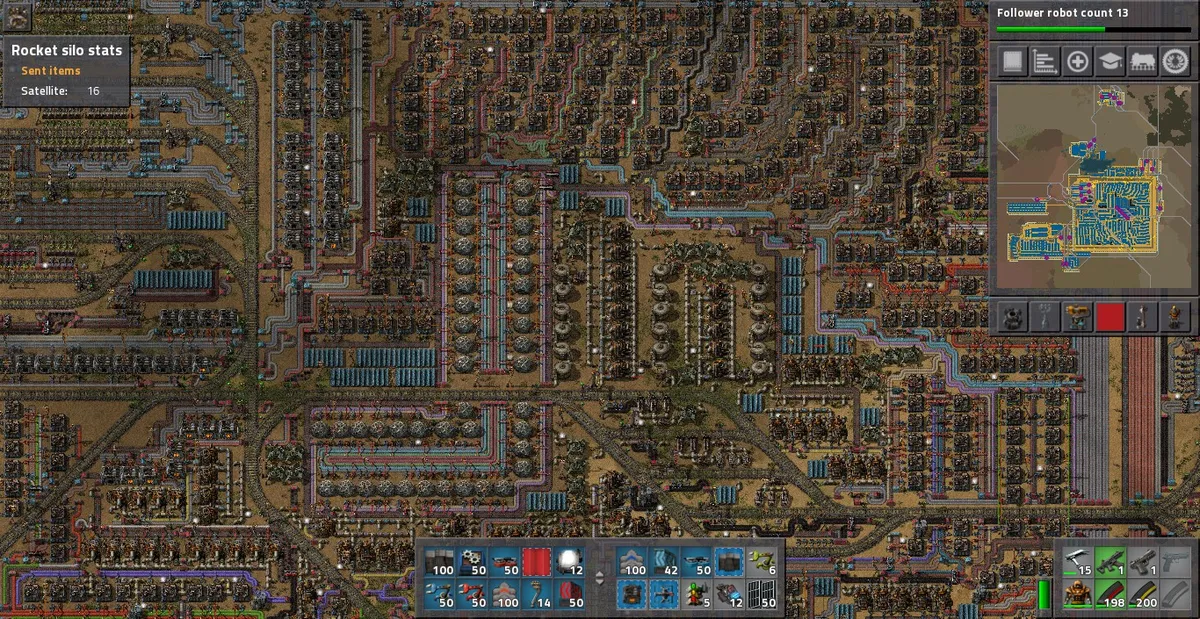What does Remi actually do?
It's hiring season at Remi and that means I'm interviewing people nearly every day for engineering roles. I always give them some time at the end of the interview to ask questions, and invariably some form of the following question comes up:
Sooo.... what does Remi actually do? I tried to look online but couldn't figure it out.
We have very little public facing software at the moment so I don't blame them for not knowing. I'll try to break it down in simple terms.
Remi is building a roofing marketplace. We connect large enterprises (solar companies), homeowners, and contractors. But we don't just connect them and call it good; we’re there for the entire construction process in an effort to make it as smooth of an experience as possible for everyone.
That's still a pretty high level explanation. In practice, it looks something like this:
- One of our enterprise partners needs to provide a full roof replacement for a customer. Today this is residential solar providers helping homeowners pre- and post-photovoltaic panel installation. As we grow we’ll add more partners in other verticals (such as insurance).
- Instead of handling the roof installation themselves, they pass the baton to Remi and we facilitate the process for them. We find a local contractor who can do the job, schedule appointments, ensure documentation is collected, make sure permitting and inspection get done, and so on.
- At the end we make sure everyone is satisfied and collect and distribute payment, taking a percentage of the roofing project’s cost as our revenue.
The natural follow-up question for a candidate here is, where do engineers fit into this?
There are a few pieces of software that we've built that are critical to our ability to facilitate all different types of roofing projects at scale. Theoretically we could run this whole thing on sticky notes and a whiteboard but we would brush up against limits fairly quickly.
The core product is what we lovingly call “the taskflow” – basically a giant flowchart codified into an app. Roofing bids are broken down into projects and tasks, with complex logic dictating when one ends and the other begins. Projects can be broken down into structural work, roofing work, solar panel removal, solar panel reinstall, et cetera. Tasks represent all the individual actions that need to be taken to manage a project, such as “Apply for a permit” or “Upload completed work photos”. The app lets us manage all of this.
Four different types of people can log into the app: solar company employees, contractors, homeowners, and the Remi operations team. They each get their own landing pages relevant to their needs.
In addition there are automations that run in the background, mostly to integrate between various systems such as Salesforce, Quickbooks, etc. There will be a lot more integrations in the future as we build out features and flows for our enterprise partners.
There was a version of Remi that existed in the past where everything was patched together in no-code tools: Monday, Make, Job Nimbus, and a few others. If you’ve ever played the game Factorio you can guess how this turned out. Eventually all no-code systems turn into unmanageable spaghetti and you have to rewrite the whole thing every time you add something new just to get it to work at all..

If we write it in code instead, maintainability and changeability are solved problems.
To recap, Remi is:
- Marketplace software
- Helping with roofing projects
- For large enterprise customers
Remi is NOT:
- SaaS (no CAC or ARR)
- Sales-led SMB, like most Utah companies
- B2C, yet
It’s an innovative business model. Weird and unpredictable in some ways but rewarding and worthwhile in other ways. Enterprise software is a unique and formidable category and Remi can become a very, very large business by fulfilling their needs.